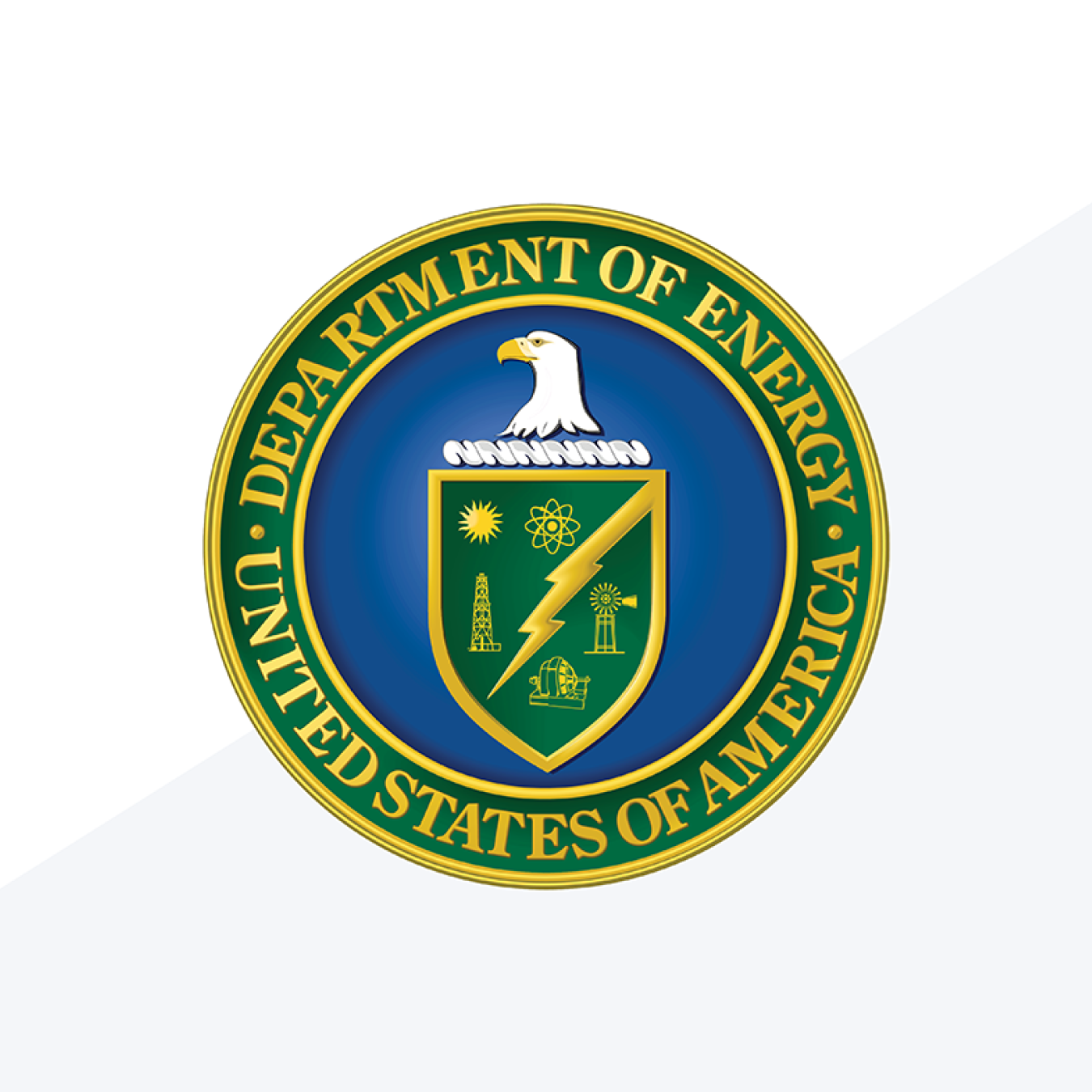Highlights
-
Among a plethora of workforce strategies that can play a part in developing a strong energy workforceFebruary 21, 2025
DOE’s energy workforce strategy supports the energy sector’s transformation.
Principles: DOE’s strategy to support the development, retention and advancement of the energy workforce is driven by 8 core principles.
- Use data: Leverage data to shape workforce investments, including on labor market demand and supply, before designing a workforce program or intervention, and measure the effectiveness of workforce programs.
- Prioritize careers: Prioritize broad occupational training for careers, rather than task training for unique (sometimes short-term) jobs.
- Break down silos: Break down silos across the Department’s workforce efforts to avoid investing only on workforce development geared towards specific technologies or narrow tasks.
- Boost capacities: Leverage, partner with, and boost the capacity of the existing workforce and education infrastructure, including union-sponsored apprenticeship, pre-apprenticeship, and labor-management partnerships.
- Incent employers’ role: Use every tool in DOE’s toolbox to incentivize employer commitment to direct hiring, retention, and career pathway strategies.
- Prioritize partnerships: Focus on partnerships over standalone programs.
- Invest in and support broad access to good quality jobs: Often overlooked in a workforce strategy is the employer's role. DOE works with energy sector to support employer investment in high-quality, effective workforce infrastructure that outlasts any single project or deployment.
- Measure, evaluate, adjust: Choose meaningful metrics—then measure early, evaluate often, and make timely adjustments the workforce strategy to meet mission-critical goals.
Key Activities: Shaped by these principles, DOE supports building and retaining the energy workforce through 5 areas of activities.
- Grow good jobs in manufacturing and energy supply chains: Buy America and domestic content provisions, coupled with investments to onshore clean energy manufacturing and supply chains, supports U.S. workers benefiting from the global transition to clean energy.
- Invest in workforce education and training initiatives: DOE provides financial assistance to support raising awareness of and scaling skills attainment across a wide range of occupations and industries in the energy sector.
- Approach workforce development through high-road sectoral strategies: DOE leads and supports a variety of high road sectoral workforce strategies that advance a coordinated approach to skills, productivity, job quality, and job access. These initiatives also advance availability and access to Registered Apprenticeship opportunities.
- Conduct research and analysis: DOE conducts robust research and analysis on the energy workforce, equipping stakeholders across the energy sector with vital information.
Energy Workforce Advisory Board Strategy
The Energy Workforce Advisory Board submitted a comprehensive, forward-looking recommended strategy to DOE on the Department’s role in supporting the development of the energy workforce. As called for in the Bipartisan Infrastructure Law, DOE established the 21st Century Energy Workforce Advisory Board (EWAB), a federal advisory committee made up of 15 non-federal experts from various industries, that was directed to produce a set of recommendations for DOE on its role in supporting the development of the energy workforce. Read the EWAB’s report here and see a summary deck. The Department of Energy issued a formal response to the EWAB's recommended strategy (see the Department's response here).
Investing in America: A Future Forged of Steel
Press Releases
-
The diverse projects interns worked on this summer are gearing toward LM meeting its goalsOctober 29, 2024
-
 The U.S. Department of Energy (DOE) announced that New York University (NYU) has been selected to establish a new university-based electric power cybersecurity center.October 2, 2024
The U.S. Department of Energy (DOE) announced that New York University (NYU) has been selected to establish a new university-based electric power cybersecurity center.October 2, 2024 -

- Nuclear Energy
- Careers
- Careers
- Careers
- Careers
Department of Energy Launches $100 Million Nuclear Safety Training and Workforce Development ProgramNew funding aims to grow reactor safety training programs and curriculum nationwide.September 30, 2024 -
 Over 4,700 attendees and $15K in scholarships awardedSeptember 24, 2024
Over 4,700 attendees and $15K in scholarships awardedSeptember 24, 2024
From Our Blogs
-
- Environmental and Legacy Management
- Internships
- Internships
September 2, 2025 -
- Advance Energy Addition, Not Subtraction
- Research Opportunities
- Research Opportunities
- Research Opportunities
August 19, 2025


